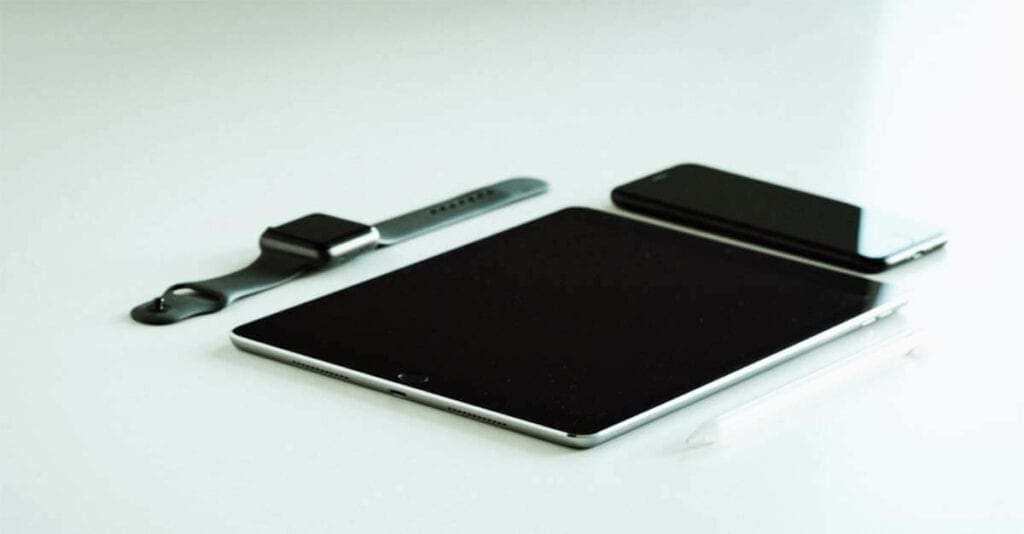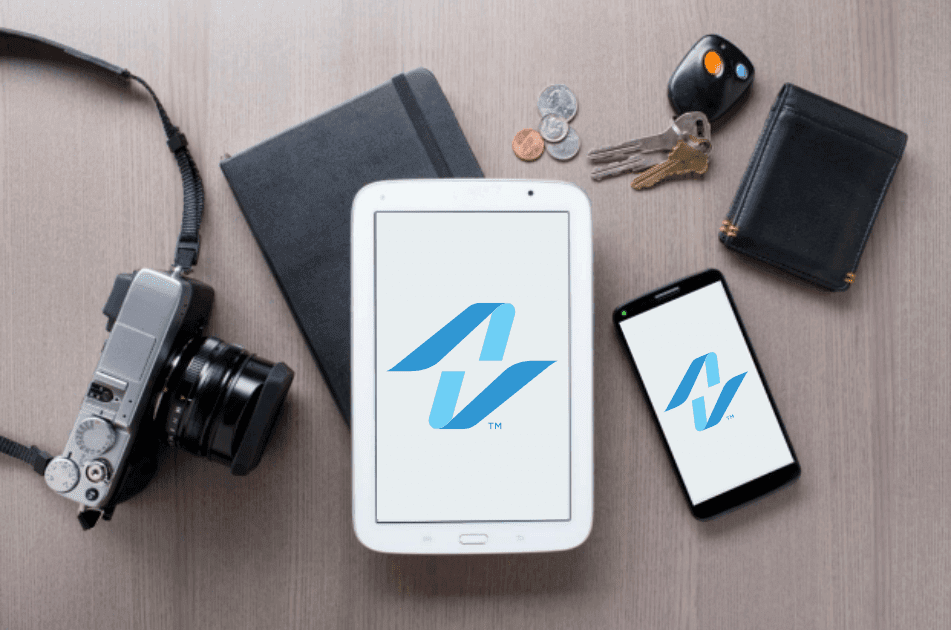The first installment of a 3-part series on choosing the right wireless power solution for your business.
Charging cords are the last wires left in our lives. The fundamental science behind wireless power has been known for more than a century, and products featuring wireless power have been available for a couple of decades (think about things like your electric toothbrush). Recently, the same technology has made it to consumer electronics. The first generation wireless power technology that powers these devices, commonly referred to as “inductive,” charges a single device from each transmitter when it is placed in a pre-specified spot.
Consumers value freedom, and want to untether themselves from bundles of wires. The first generation wireless technology has not been successful in making this happen – given the limitations of one-to-one charging and minimal spatial freedom. This has created a demand for an improved wireless charging experience and freedom from the limitations of the first generation technology. Consumers expect and demand the wireless power technology to undergo rapid capability evolution just like wireless communication, which is already in its fifth generation.
With that framework in mind, we wanted to talk about the upcoming wireless power technology innovations and the new experiences these changes will enable for consumers, industry and enterprise customers, and device makers, and the standards that are essential to driving mass market adoption.
The most important technological evolutions include:
- Leveraging the well-understood phenomenon of resonance to magnetic induction (the first generation wireless power technology).
- Choosing an operation frequency that is at least an order of magnitude higher than used currently and happens to be in the ISM band.
- Leveraging the latest advances in power semiconductors (for example Gallium Nitride, GaN) for increased efficiency and miniaturization.
The above technical principles and innovations have been consolidated into a single technical specification, referred to as the AirFuel Resonant standard. The AirFuel Resonant standard offers substantial improvements over the first generation technology and we will discuss in detail in the series of blog posts.
This is the first article, where we’ll dive deep into the new consumer experiences made possible as a result. So let’s dig right in…
1. We get spatial freedom for power transfer
With inductive charging to receive power, a device has to line up precisely with a specific point on its charging platform. Even small deviations from the specified charging spot means the device will not receive power. This often leads to a cumbersome charging experience and frustrated consumers.
Consumers want spatial freedom with their wireless charging experience – they want the possibility of “left-handed blind placement” with their devices. Imagine a wireless office, where a consumer could unload all their electronics on their desks or counters, even if their hands are full and they’re not paying close attention to where things fall – and their devices will still charge. Consumers don’t want to think about carefully placing their phones or other devices on tiny points on a charger – they just want to put their devices down without looking, and go about their business.
“One of the big reasons we use AirFuel Resonant charging in our Misty Robots is because it freed us from the constraints of inductive or contact charging. We wanted our robot to be able to dock and charge in any kind of rotation or orientation – and that’s what AirFuel Resonant gives us.” – Ian Bernstein of Misty Robotics from the webinar Building a Product With Next-Gen Wireless Power
Left-handed blind placement is enabled today with the next generation AirFuel Resonant standard. For example, a charging platform can be installed under a desk, countertop, or other surface, so part (or all) of the surface is enabled for power transfer. This provides consumers a large area on which to place their devices. Consumers get the spatial freedom they’re longing for, and can put devices down without having to think about lining up their device with a specific point to get a charge.
With AirFuel Resonant, you’re also free from having to wait for those annoying beeps or a distracting charging light, to make sure your device is charging. No need for a special notification – if your device is on the platform, you’ll know it’s charging. You can trust the technology, and feel confident that when you reach for your device, it will be ready to go.
2. You can charge devices with different power needs
Our homes have multiple electrical outlets, all of the same familiar type, that you can plug most of your household electronics into, like TVs, phone, laptops, or microwaves. That’s the universal power experience we’re used to, in our everyday lives. Imagine, how inconvenient it would be if there were different types of outlets designed specifically for TVs, laptops, phones, microwaves, lamps, etc. because they all need different amounts of power!
With inductive wireless power technology, a transmitter can power a single receiving device at a time with power requirements within a specified narrow range, say typically 5 to 15 watts. However, if your device needs 50 watts, you’ll need a different wireless power transmitter for that. To make it even more frustrating, a 50-watt transmitter won’t be able to power the devices that only need 5 to 15 watts. Consumers will need to buy and manage different types of transmitters for different types of devices. Who needs that?
What consumers really want is ONE transmitter or charging method for all their devices – and that’s exactly AirFuel Resonant technology gives us. With AirFuel Resonant, a single transmitter can power all of a consumer’s devices. Put yourself in the user’s shoes, and imagine charging your phone, Bluetooth headset, smart watch, and laptop from one wireless power surface. It’s simple and intuitive – and it’s made possible by AirFuel Resonant.
“With AirFuel Resonant technology, our customers can use a single transmitter to charge many different types of devices. That kind of flexibility is important to us at WiTricity as we continually create new real-world applications for wireless charging tech.” – Ky Sealy, Senior Principal Engineer at WiTricity‘s blog on Tools to Integrate AirFuel Resonant in Your Products
3. Consumers can charge at speeds equivalent to wired
When we think back to the early days of wireless communication, we recognize that Wi-Fi and cellular service were agonizingly slow. Most consumers carried ethernet cables around with them, so they could get fast and reliable internet on their computers. Of course, technology improved and Ethernet cables have disappeared from our bags – the speed and reliability of wireless communication today for consumer applications is no longer an issue, as it’s now on par with wired.
With inductive technology, charging speeds are not only slower than wired charging, you also lose charging speed when the device is not placed precisely on the designated spot. Not surprisingly, consumers believe wireless charging is slow. However, it does not have to be this way. Consumers can have wireless power and fast charging.
Technology to provide wired equivalent charging speeds is now available. With AirFuel Resonant, you can now charge devices with differing power requirements (see point 2, above) at speeds equivalent to wired and not be tied to a single spot or point.
4. Consumers can charge multiple devices at the same time
A key benefit of wireless is the possibility of one-to-many relationships. For example, a single WiFi access point can be used for wireless access by multiple devices. Consumers expect a wireless power transmitter to be able to charge multiple devices simultaneously. First generation technologies that provide wireless charging at specified spots are clearly constrained in their ability to provide this simple convenience.
We’ve talked about how AirFuel Resonant technology can charge devices with different power needs. Also, the beauty of wireless power is that transmitters can charge multiple devices simultaneously, since there is no need to hit a “sweet spot” to charge devices.
“AirFuel magnetic resonance provides a much better consumer experience by offering spatial freedom, simultaneous powering of multiple devices, and allowing a wide variety of devices from wearables to phones, tablets, and laptops without compromising efficiency.” – Ky Sealy of WiTricity
When you have an AirFuel Resonant charging surface, you can charge up to 8 devices at the same time, up to the maximum power limit of the transmitter.
The best part is that you don’t lose charging speed when you’re powering up multiple devices together. The AirFuel-based next generation wireless power transmitter will keep all your devices juiced up at the same time, at wired equivalent speeds.
5. Consumers Won’t Have to Worry About Metal Objects on the Charging Surface
The first generation wireless power technology on the market today has the tendency to heat common metal objects like keys, paper clips, and coins when those kinds of objects come in contact with the charging surface. Inductive devices are typically programmed to stop power flow when they detect metal on the charging surface – so not only do the metal objects heat up, but devices won’t charge when there’s metal in the vicinity.
Next generation wireless technology won’t heat up metal that comes in contact with the charging surface, and can continue to operate normally with metal objects near or on the charging services. Consumers will be able to easily empty their pockets onto countertops, desks, and tables (including keys, coins, etc.) without having to worry about metal heating up or interfering with the charging process.
Wireless Power Will Transform the Lives of Consumers
Next generation technologies such as AirFuel Resonant and AirFuel RF offer the next steps forward for consumers who want to harness the potential of wireless technology.
By delivering true spatial freedom and the ability to quickly charge multiple devices at once, AirFuel Resonant allows you to provide a better wireless power experience for your consumers and be on your way to realizing a world without wires.
Get Involved
Want to learn more or get started with integrating AirFuel Resonant into your products?
- Speak with a representative about your company becoming an AirFuel Alliance member to access to our technical resources, reference designs, and to partner with other companies in the industry.
- Register for our AirFuel Certified Engineer (ACE) Program, a hands-on virtual program on integrating magnetic resonance into your products that covers transmitters, receivers and regulatory considerations.
- Become a member and participate in our Magnetic Resonance Working Committee to get involved in the AirFuel Resonant standard.
- Check out our upcoming events and webinars on magnetic resonance and other hot topics in next-gen wireless power.




